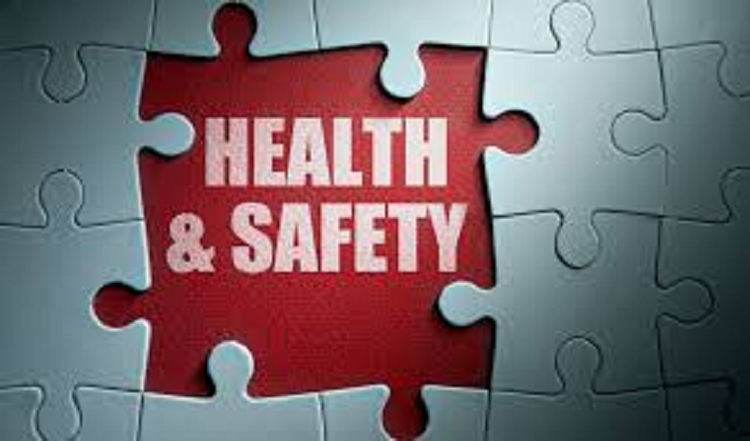It is strange to think that in this modern era where we are supposed to be advanced in executing business processes and methodologies, we still find a lot of managers and company owners being negligent to the overall safety of their enterprise and the people within them.
Safety in the workplace has been and will always be an issue that shouldn’t be taken lightly. As negligence, whether intentional or otherwise is not an excuse for putting people or properties in harm’s way.
The importance of health and safety in our working environment when handled with levity can lead to fatal injuries, destruction of properties and in some cases, loss of life.
In case you are still sceptical about the relevance of risk mitigation within a job setting. These statistics will help you to decide whether or not implementing safety measures are of utmost importance.
According to a 2015 publication by the International Labour Organisation (ILO), work-related accidents or diseases caused the death of approximately 2.3 million people in 2013.
Putting it in their own words: “Every year, 250 million accidents occur causing absence from work, the equivalent of 685,000 accidents every day, 475 every minute, eight every second.
Working children suffer 12 million occupational accidents, and an estimated 12000 of them are fatal. Three thousand people are killed by work every day, and two every minute.”
Considering the facts above, are partly what gave rise to this article—I mean if the figures can’t convince you, I don’t know what will!!
It is crucial for a business owner or manager to either get a diploma in work health and safety or employ someone who already has. Or in the worst-case scenario, get some form of safety training.
Here are the reasons why:
Property Damage
Property damage can best be explained as accidental or unintentional damage or destruction to equipment, structures, materials, or products, caused by an undesired circumstance.
While these may seem negligible, modern safety thinking is that business errors that cause injury and disease have the same prognosis as events that cause damage. In other words, the exchange of pep, which caused the property or infrastructure damage could have, under different circumstances, causing injury to persons.
Therefore, property damage accidents should receive the same precedence as injury-producing accidents in rectifying the failure in the system.
Legal Obligation
Federal and state governments have laws charging the employer with the responsibility for safe working conditions and adequate supervision of work practices. Employers are also responsible for paying for the costs incurred for injuries suffered by their employees during their work activities.
It is therefore imperative that every organisation should take measures in ensuring that the safety and health of their workers are safeguarded.
Moreover, what is the essence of building a business empire for years, only to see it crumble as a result of litigations arising from accidents because of some safety negligence?
Economic
It is a generally accepted concept that prevention is cheaper than accidents. This holds true from thousands of consistent experiences of industrial operations. The direct cost implication to the organisation is in terms of medical care, compensations, etc.
Also, the indirect costs of 5 to 10 times the direct cost must also be calculated, as well as the loss of wages to employees and the reflection of these losses on the entire community.
Company Image
I want you to take a moment and imagine yourself as a business owner, and how it will make you feel if you are nominated as having the safest company profile within your industry—say ten years of production without any major health and safety issue.
Most often times, business owners and entrepreneurs make the mistake of concentrating all their efforts on tangible assets (which are properties or assets that can be seen and touched and has some kind of value) — failing to realise that a complete business should have both tangible and intangible assets (which are products or services that cannot be seen or touched).
That is where the reputation of your company comes in. Take a company like Coca-Cola, for example, as of June 30, 2019, their intangible asset was at $26.9 billion.
Which means when buying a company like Coca-Cola, you will not only be paying for the tangible asset but also for the intangible asset. So why won’t you build the reputation of your business so as to give your business more value—food for thought?
Boost Employee Morale
As humans, it is our natural instinct to always lean towards a safe and secure path. Be it in our relationships, house, faith, just to name a few.
There is a reason why, whenever you are walking down a dark alley and you hear footsteps approaching from behind, you quickly hold your bag or purse very tightly and then increase your pace or even run in some cases.
Those same instincts extend into our work environment. Everybody wants to work within an environment that they know is secure.
It is only natural that if a place is safe and secure, then employees are way more calm and comfortable at dispensing their various tasks and duties.
In conclusion
It is evident that more emphasis should be placed on finding and implementing better occupational health and safety measures that can inhibit accidents and diseases, which will eventually translate to more stable production and maximum profit.
© Respect Azubike
